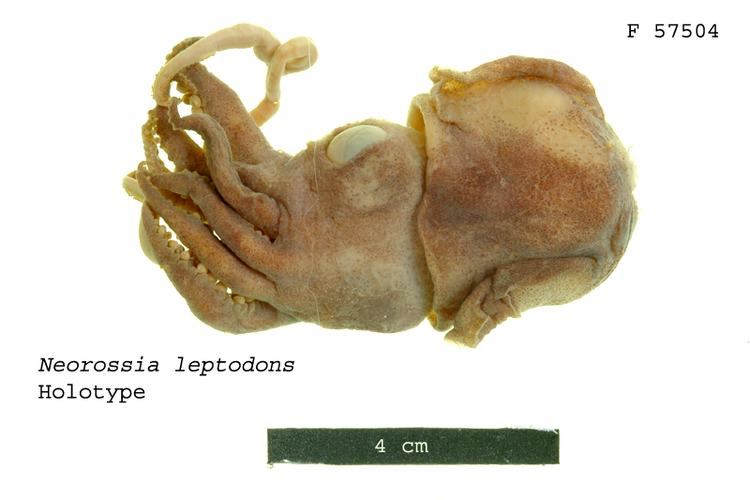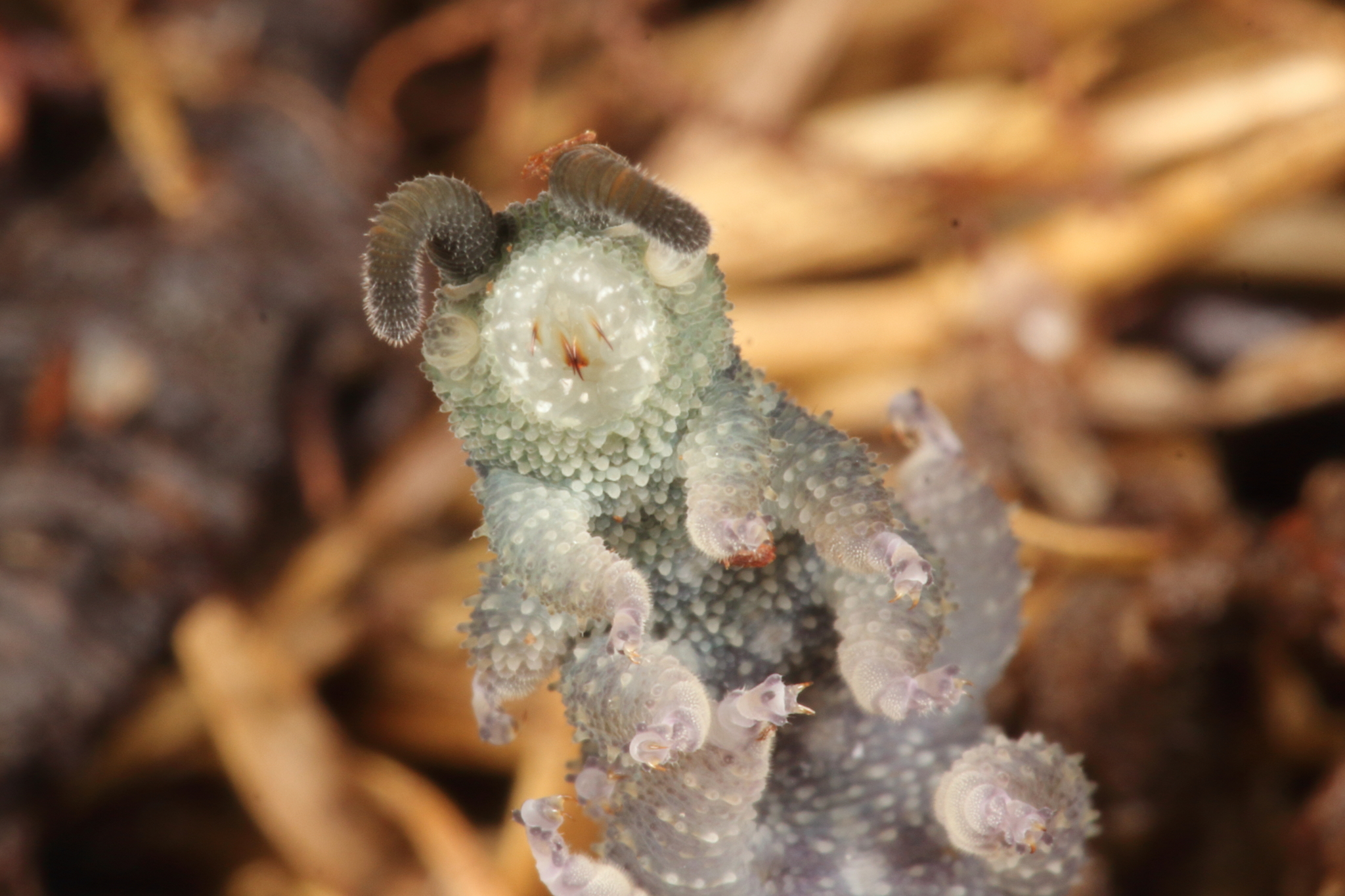|
Nodocapitus Formosus
''Nodocapitus formosus'' is a species of velvet worm in the family Peripatopsidae Peripatopsidae or the Southern Velvet Worms are one of two extant families of velvet worm. This family includes more than 140 described species distributed among 41 genera, but some authorities deem only 131 of these species to be valid. The Fre .... The type locality of this species is Mount Elliot, Queensland, Australia. This species has 15 pairs of legs in both sexes. The males are distinguished by enlarged papillae on the head, between the antennae. References Further reading * Onychophorans of Australasia Onychophoran species Animals described in 1996 {{Onychophora-stub ... [...More Info...] [...Related Items...] OR: [Wikipedia] [Google] [Baidu] |
Amanda Reid (malacologist)
Amanda "Mandy" Louise Reid is an Australian taxonomist and malacologist. She held the position of collection manager of malacology at the Australian Museum from 2010 to 2023. She is a published researcher and author. Her research has resulted in the description of many species of velvet worms and cephalopods. Career Reid is an alumna of Macquarie University, a public research university in Sydney, Australia, where she completed a Bachelor of Science degree in 1984. She completed a Master of Science degree in 1990, with a thesis titled ''Taxonomic review of the Australian Rossiinae (Cephalopoda : Sepiolidae).'' She completed a PhD in 1996, with a thesis titled ''A systematic review of the Peripatopsidae (Onychophora) in Australia''. Reid has an interest in cephalopods, particularly bobtail or bottletail squids (Sepiolidae), cuttlefishes (Sepiidae), and pygmy squids ( Idiosepiidae). She has authored two books, and her research has been published in a number of scientific jou ... [...More Info...] [...Related Items...] OR: [Wikipedia] [Google] [Baidu] |
Onychophora
Onychophora (from , , "claws"; and , , "to carry"), commonly known as velvet worms (for their velvety texture and somewhat wormlike appearance) or more ambiguously as peripatus (after the first described genus, ''Peripatus''), is a phylum of elongate, soft-bodied, many-legged animals. In appearance they have variously been compared to worms with legs, caterpillars, and slugs. They prey upon other invertebrates, which they catch by ejecting an adhesive slime. Approximately 200 species of velvet worms have been described, although the true number is likely to be much greater. The two extant families of velvet worms are Peripatidae and Peripatopsidae. They show a peculiar distribution, with the peripatids being predominantly equatorial and tropical, while the peripatopsids are all found south of the equator. It is the only phylum within Animalia that is wholly endemic to terrestrial environments, at least among extant members. Velvet worms are generally considered close relatives o ... [...More Info...] [...Related Items...] OR: [Wikipedia] [Google] [Baidu] |
Peripatopsidae
Peripatopsidae or the Southern Velvet Worms are one of two extant families of velvet worm. This family includes more than 140 described species distributed among 41 genera, but some authorities deem only 131 of these species to be valid. The French zoologist Eugène Louis Bouvier proposed this family in 1905 with '' Peripatopsis'' as the type genus. Description The Peripatopsidae exhibit relatively many characteristics that are perceived as original or "primitive" with respect to the Peripatidae. The species in this family have relatively few legs, ranging from 13 pairs (in '' Ooperipatellus nanus'') to a maximum of 29 pairs (in '' Paraperipatus papuensis''). Behind or between the last leg pair is the genital opening (gonopore). This family includes both oviparous genera (e.g., '' Ooperipatellus'' and '' Ooperipatus'') and viviparous genera, which adopt various modes of supplying nourishment to their embryos, ranging from lecithotrophic ovoviviparity (with yolky eggs retained ... [...More Info...] [...Related Items...] OR: [Wikipedia] [Google] [Baidu] |
Type Locality (biology)
In biology, a type is a particular wikt:en:specimen, specimen (or in some cases a group of specimens) of an organism to which the scientific name of that organism is formally associated. In other words, a type is an example that serves to anchor or centralizes the defining features of that particular taxon. In older usage (pre-1900 in botany), a type was a taxon rather than a specimen. A taxon is a scientifically named grouping of organisms with other like organisms, a set (mathematics), set that includes some organisms and excludes others, based on a detailed published description (for example a species description) and on the provision of type material, which is usually available to scientists for examination in a major museum research collection, or similar institution. Type specimen According to a precise set of rules laid down in the International Code of Zoological Nomenclature (ICZN) and the ''International Code of Nomenclature for algae, fungi, and plants'' (ICN), the ... [...More Info...] [...Related Items...] OR: [Wikipedia] [Google] [Baidu] |
Mount Elliot, Queensland
Mount Elliot is a rural locality in the City of Townsville, Queensland, Australia. It contains the mountain of the same name. In the , Mount Elliot had "no people or a very low population". Geography The Bruce Highway and the North Coast railway line form the northern boundary of the locality, with the locality once served by the now-abandoned Clevedon railway station (). The northern part of Mount Elliot is still known as Clevedon. The locality has the following named peaks (from north to south): * Mount Storth () * Saddle Mountain () * Mount Elliot () * Shoulder () * Sharp Elliot () The locality is considerably more mountainous than its surrounding localities at 50–100 metres above sea level. The entire locality forms part of the Bowling Green Bay National Park with the Alligator Creek and its waterfall being within the Mount Elliot part of the park. Mount Elliot is a watershed with the northern and western parts of the mountain draining into the Ross River ... [...More Info...] [...Related Items...] OR: [Wikipedia] [Google] [Baidu] |
Onychophorans Of Australasia
Onychophora (from , , "claws"; and , , "to carry"), commonly known as velvet worms (for their velvety texture and somewhat wormlike appearance) or more ambiguously as peripatus (after the first described genus, ''Peripatus''), is a phylum of elongate, soft-bodied, many-legged animals. In appearance they have variously been compared to worms with legs, caterpillars, and slugs. They prey upon other invertebrates, which they catch by ejecting an adhesive slime. Approximately 200 species of velvet worms have been described, although the true number is likely to be much greater. The two extant families of velvet worms are Peripatidae and Peripatopsidae. They show a peculiar distribution, with the peripatids being predominantly equatorial and tropical, while the peripatopsids are all found south of the equator. It is the only phylum within Animalia that is wholly endemic to terrestrial environments, at least among extant members. Velvet worms are generally considered close relatives o ... [...More Info...] [...Related Items...] OR: [Wikipedia] [Google] [Baidu] |



